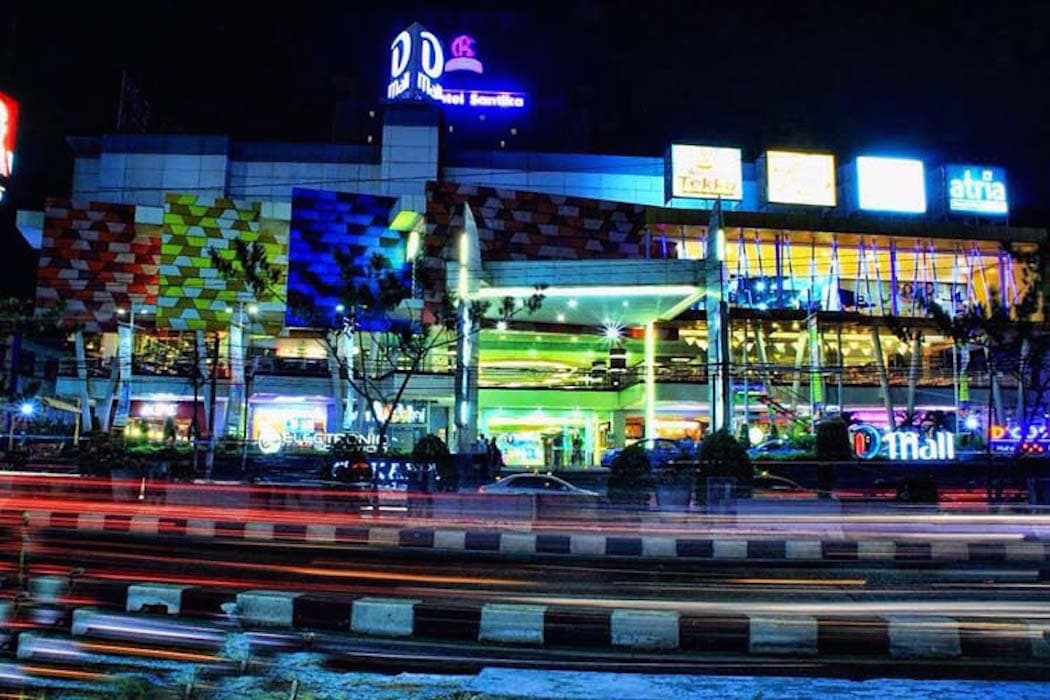Retail Projections
According to retail experts from Fujitsu Americas, the rising demand for immersive and integrated multi-platform technology and big data will drastically change our shopping experience.
According to their projections, the use of mobile platforms, social media, and smart sensors can pave the way for 50% of the retail industry to be automated by 2020.
"Retail technology is changing significantly to respond to a more empowered, technologically-savvy shopper, and retailers without a multi-connected, multi-channel strategy will fall behind if they make the cut at all," says Marc Janssens, executive vice president of Retail at Fujitsu America, Inc.
Eventually, technology will make it easier for shoppers to use devices such as mobile phones and computers to research prices and promotions, empowering shoppers to focus their retail spending online and using social media to help with their purchase decisions. This will require retail’s backend to keep up with better order management, social interaction and a host of smart services management that allows for perfect communication between retailers and customers.
That said, predictions assert that the role of traditional retail employees will also shift towards automation and focus more on relationship building versus making a sale, with the intent of long term customer retention.
The End of Window Shopping
These projections imply a bigger demand for comprehensive analytics and big data by 2020. As operations strive to keep up with the changing retail landscape, it will require retailers to look to technology to find new ways of addressing merchandising, inventory, space usage and data needs.
Eventually, it is thought that predictive merchandising and inventory management will be made possible through advanced weather monitoring and even customer’s consumption and usage patterns. Indeed, companies are already monitoring our activity on Facebook, our searches on Google, and our buying habits on Amazon. So it seems like the only logical end point.
In the end, concepts like these see the delivery of actionable insights in real time, thereby significantly transforming the entire shopping experience.
Share This Article
